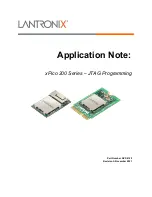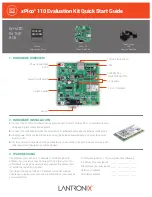
13
Pneumatikantriebe PD / PE
Auslegung des Stellantriebs auf die Armatur
Bevor mit der Auslegung begonnen werden kann, müssen folgende Daten zur
Verfügung stehen:
•
Art der Armatur,
•
Öffnungsdrehmoment der Armatur,
•
Schließdrehmoment der Armatur,
•
Höhe des Steuerdrucks mit dem der Stellantrieb betrieben werden soll.
Es muss zwischen der Auslegung eines doppeltwirkenden und eines einfachwirkenden
Stellantriebs unterschieden werden, da der doppeltwirkende Stellantrieb ein konstan
-
tes, der einfachwirkende hingegen durch das Spannen der Rückstellfedern ein abneh
-
mendes pneumatisches Nutzmoment liefert. Die Höhe des verwendeten Luftdrucks
muss mindestens so hoch bemessen sein, das der Minimalwert des pneumatischen
Nutzmomentes dem Öffnungs- bzw. Schließmoment der Armatur entspricht.
Wird der Stellantrieb mit Druck versorgt, der den Wert auf den der Stellantrieb bemes
-
sen wurde unterschreitet, kann es zu Funktionsstörungen (kein korrektes Schließen
bzw. Öffnen der Armatur) kommen.
Beziehen Sie sich für die Auslegung des Stellantriebs, bitte auf die Drehmoment-
Tabelle, die sie in unserem Stellantriebsprospekt und in unseren Datenblättern der
Stellantriebe finden.
Dimensioning the actuator
Before dimensioning the actuator the following data must be available:
•
Type of valve,
•
Opening torque of valve,
•
Closing torque of valve,
•
Level of control pressure which operates the actuator.
There is a difference between the double- and the single-acting actuator. The
double-acting actuator has a constant torque, while the single-acting has a decreasing
pneumatical torque because of the stressing of the springs. The level of the applied air
pressure must be determined that the minimum pneumatical torque is at least equal to
the opening-/closing torque of the valve.
If the applied air level under-runs the dimensioned level a malfunction of the actuator
may occur (incorrect opening or closing of the valve).
For dimensioning the actuator please refer to the torque table and the data sheets.














































